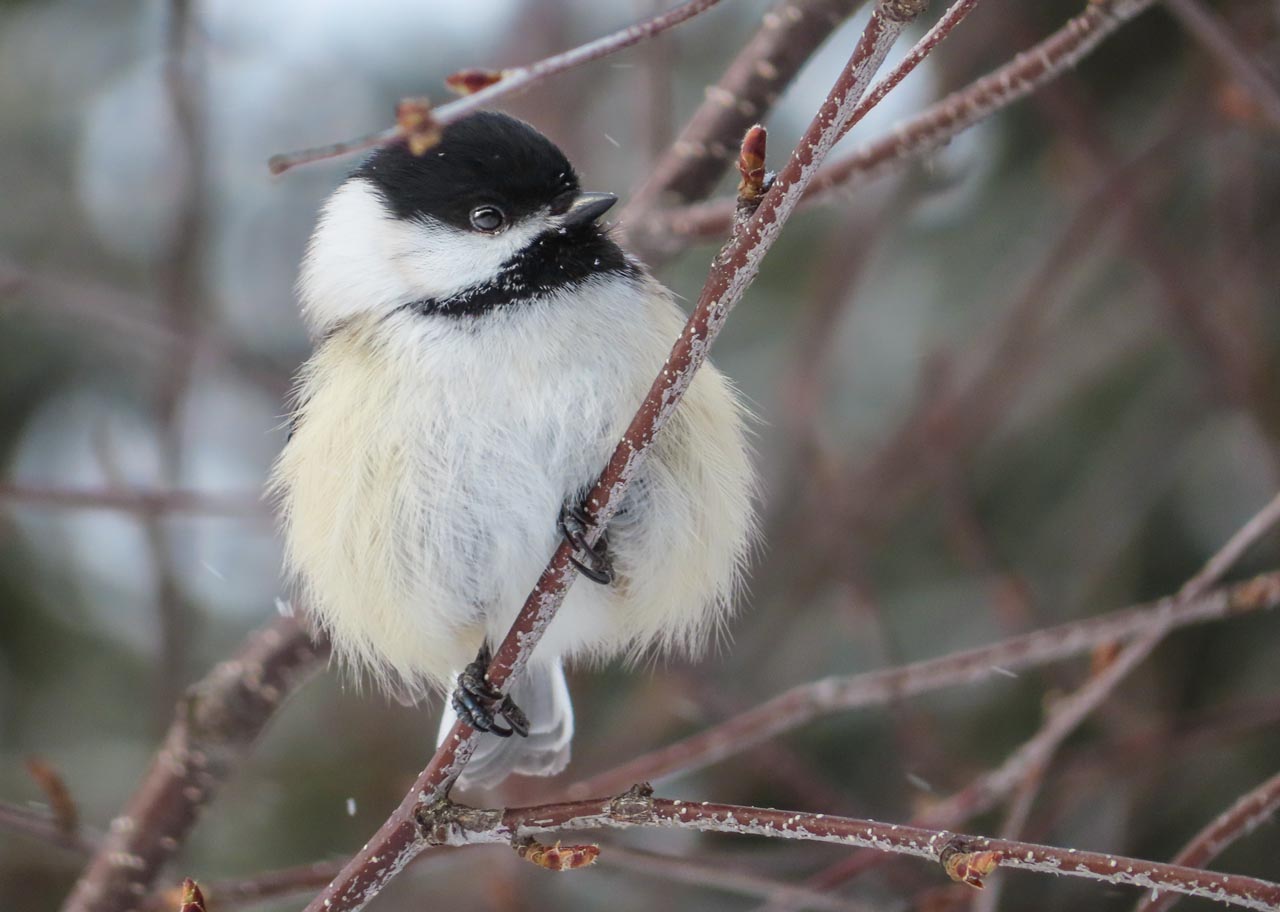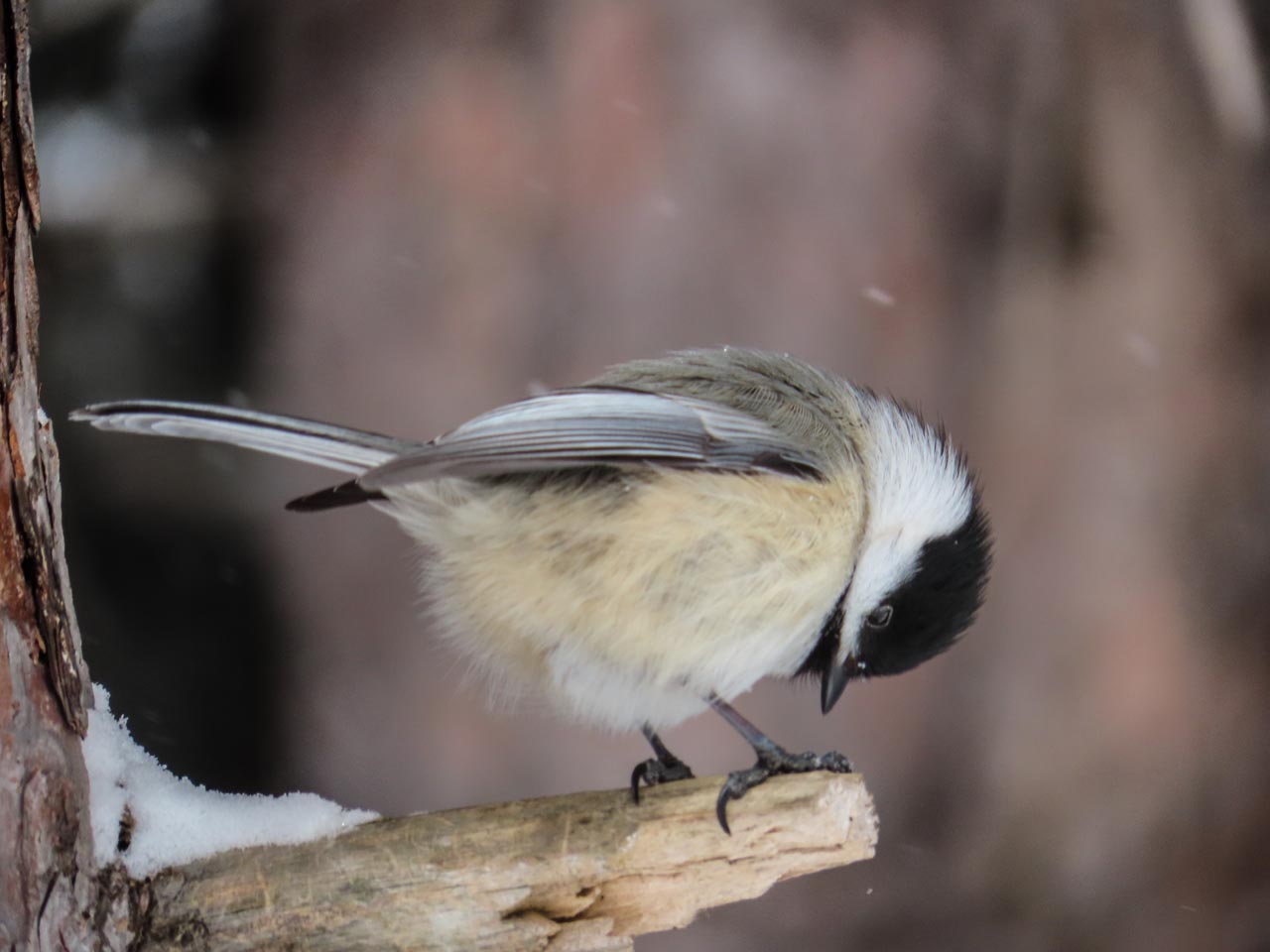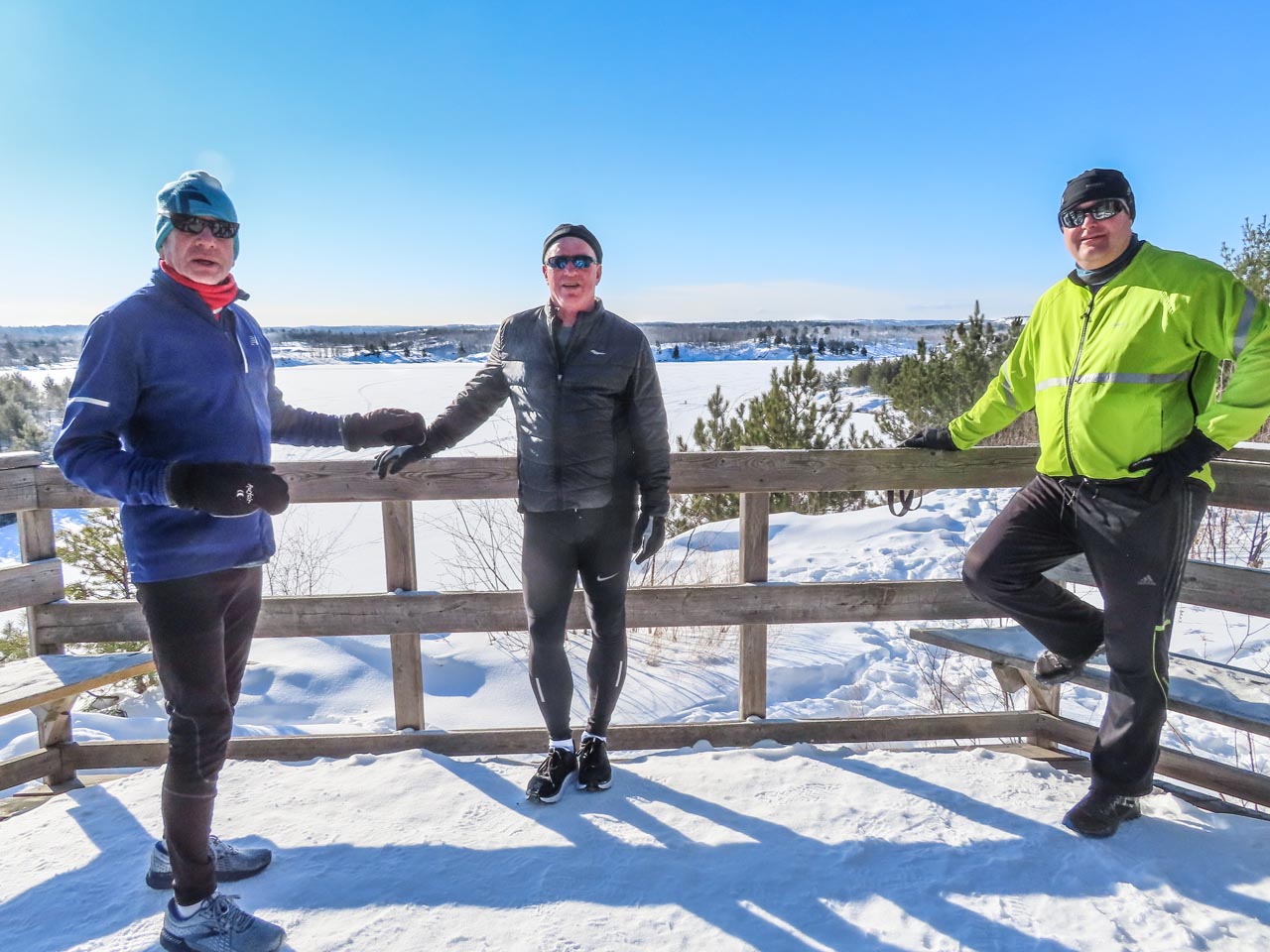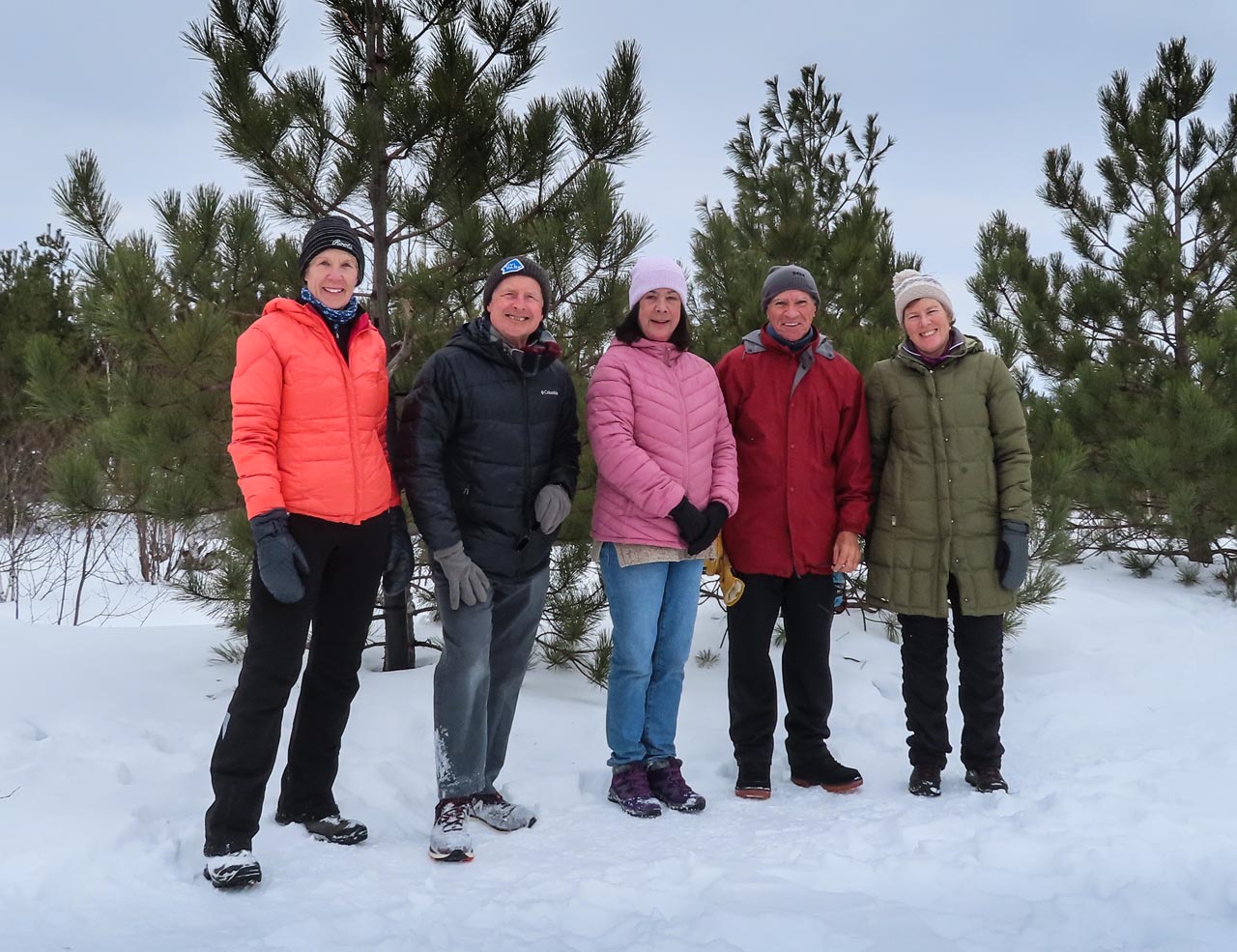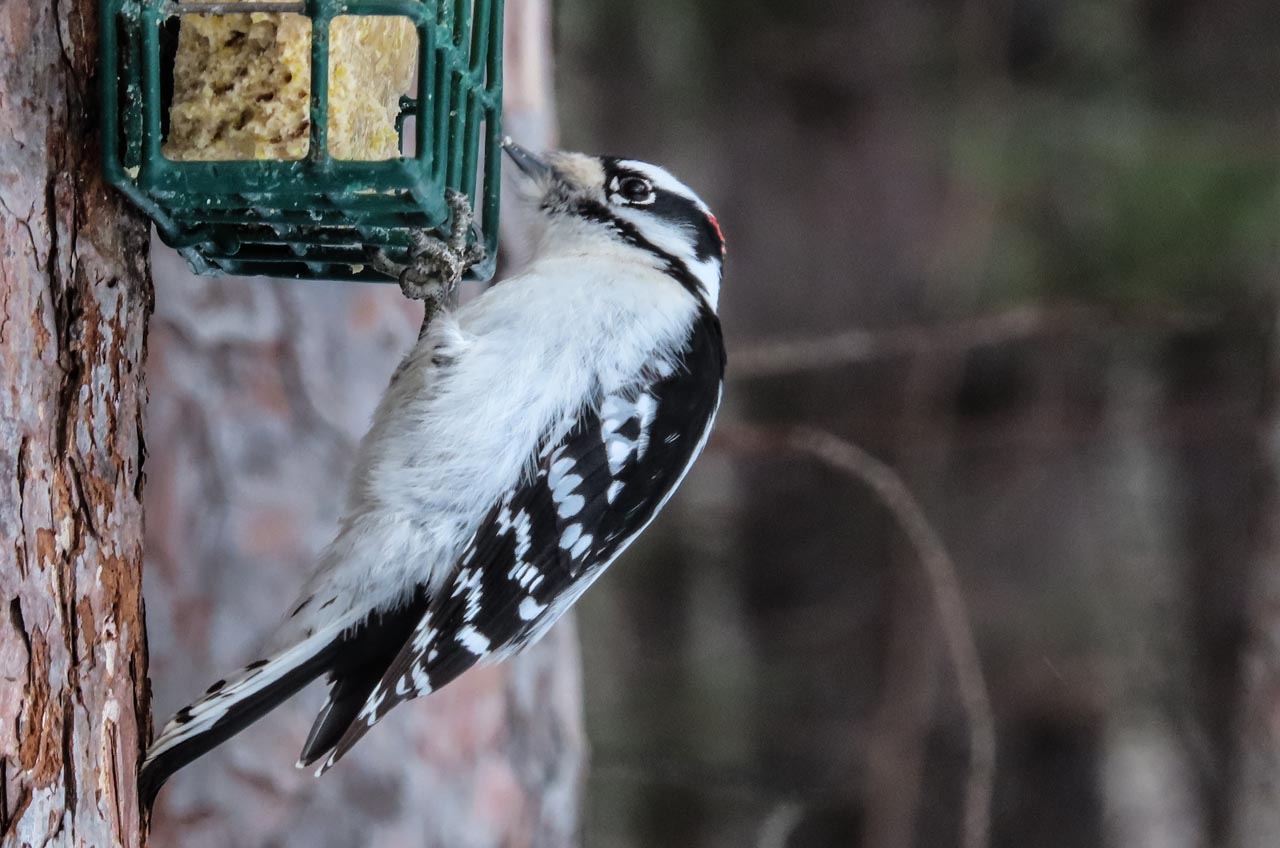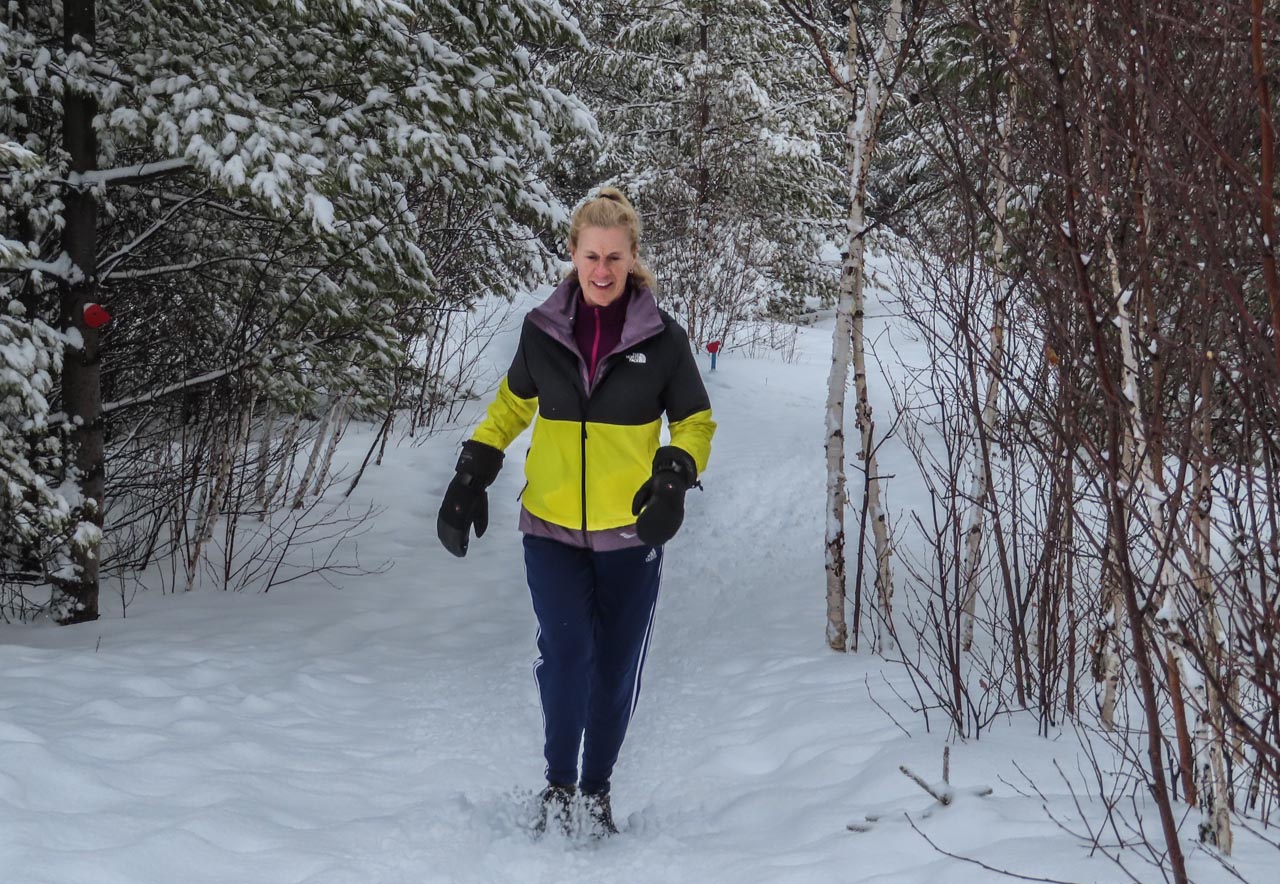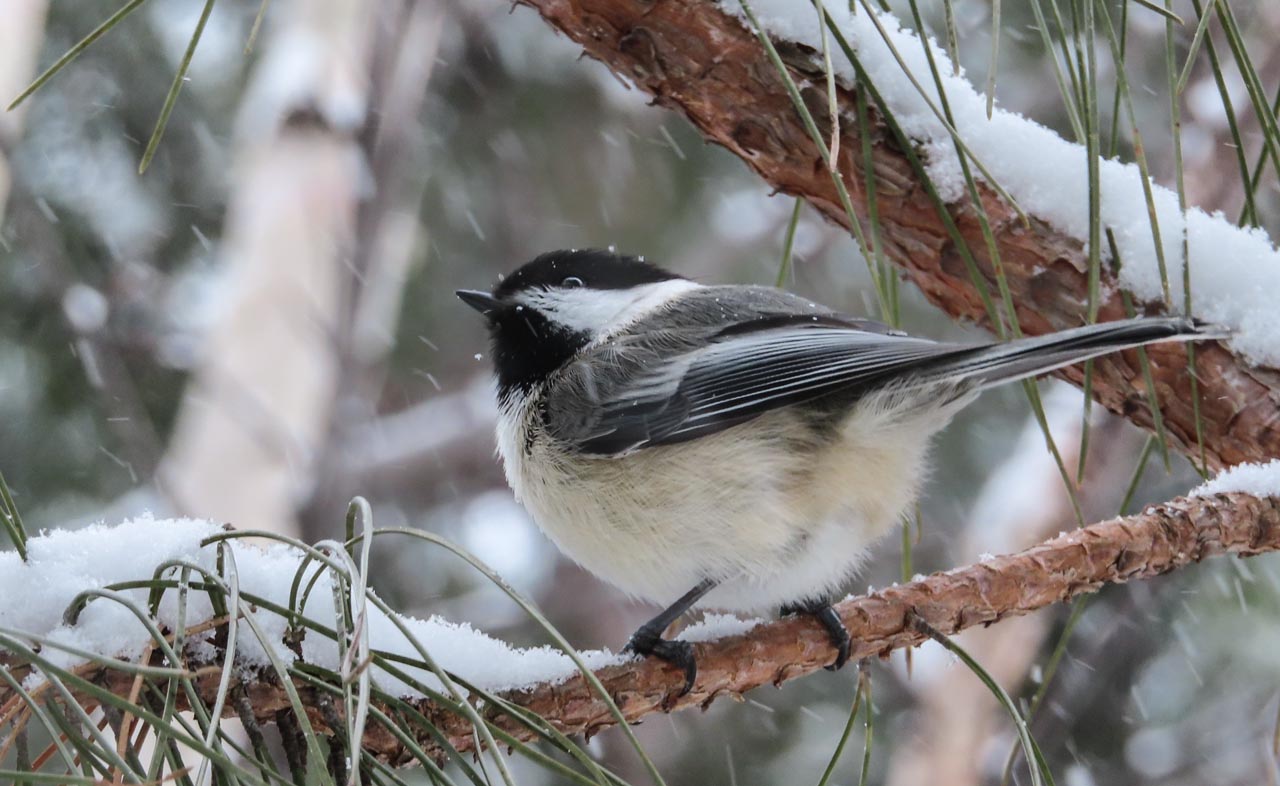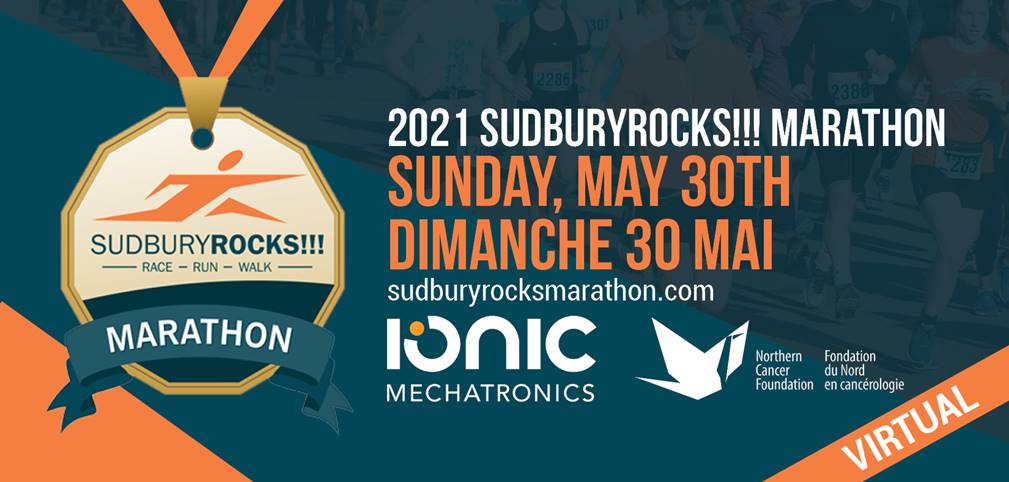Some years ago I read that
only two percent of Canadian runners will continue with
their passion after age 65. I was 60 at the time and struggling
to keep running, so this low retention rate jolted me.
There was a good chance I wouldn’t make it across
the age 65 finish line.
I’ve never been able
to verify that two percent statistic. Part of the problem
rests with arriving at a definition of what constitutes
a runner. We range from elite marathoners to twice a week
joggers. Still, no person I’ve asked has doubted
the figure’s veracity. All agree that a very low
number of Canadians will be putting in the kilometres
beyond traditional retirement age.
Think of this low percentage
the next time you’re at a road race (hopefully,
this summer). Look at a random group of 100 competitors
in the crowd. Only two will still be running in their
mid-60s. This is a sobering picture considering running’s
unquestioned benefits of later-life health.
Recreational running boasts
the highest participation rate of any sport on the planet.
Why then do so many Canadians give it up? The most common
answer comes in one word: knees. Yet running is actually
healthy for knee joints. Others retire due to a physical
ailment, such as a bad back, or some pressing medical
issue. For most of us, there is a wealth of proven solutions
to help extend our running lives.
Sport physiotherapy, dynamic
stretching, yoga and core strength training are a few.
Ditto for wellness initiatives like weight control, improved
diet and ditching alcohol. For those of us committed to
it for life, running is an exercise option worth pursuing.
Yet baby boomers, Canada’s largest age wave in history,
are giving it a pass. Quitting at 50 leaves them 30 years
to watch others enjoying it.
Some of the blame lies with
running events that focus on racing, winning and personal
best times. Some runners are finished with these by age
50, if not earlier. Lowering athletic expectations is
difficult for competitive personalities. Adjusting to
running simply for pleasure is for the majority, impossible
and they quit, for good.
I enjoyed the euphoria of
big races – with 50,000 others in the Vancouver
SUN Run – until age 53. I expected to continue racing
weekend 10Ks forever. Then came the wall, that rapid decline
so many experience, in my mid-fifties. Always fit and
confident, I didn’t see it coming and didn’t
know how to respond.
NO LONGER A ‘SERIOUS’
RUNNER I SLIPPED INTO BEING AN INACTIVE, INJURED AND OVERWEIGHT
ONE – A PHYSICAL TRAIN WRECK.
I turned this around by learning
to embrace running’s slower cousin, jogging. For
me, it delivers all of running’s best outcomes –
joy, health and energy. Jogging may even be my life-saver.
Running after 60 – along with the positive habits
that necessarily accompany it – isn’t just
recreation. It’s medicine for late-life vitality
and longevity. I sometimes feel I am, literally, running
for my life.
This past year six people
I knew died from cancer or heart incidents. All were in
their 50s or 60s and were bright, positive people with
a lot of life left to give. No, running wouldn’t
have saved them all. It’s not a panacea for all
medical ills. But determined, daily movement belongs somewhere
in the larger discussion of late life wellness and preventive
medicine.
Every day this year one thousand
Canadians will turn 65. We’re an aging nation. The
generation that ushered in the 1970s running boom will
soon become the least active demographic in Canada.
“Of course they’re
the least active!” I can hear people saying. “Do
you really expect pensioners to be as active as thirty-somethings?”
As contrarian as it sounds, yes, I do. We largely choose
not to be because inactivity is built into our culture.
My province is brilliant
at facilitating sport and physical activities for youth.
This despite a large elderly population and serious levels
of lifestyle-induced unwellness. A Herculean effort is
made for active participation for the first 20 years of
our lives but next to nothing for the last 20.
Negative social attitudes
don’t help. I’ve become inured to the incredulous
stares, smirks and outright head-shaking disgust from
people who see me jogging. Apparently what I’m doing
is off the charts weird. “A walk around the block
with the dog, fine,” our society seems to say, “but
running? At your age? Are you crazy?”
This despite science that
appears to show that more, perhaps even most of us, may
be capable of running into our 70s and 80s. Ontario phenom
Ed Whitlock set world records in his 80s. Mick Jagger
once said he jogged 10K a day. Sir Mick is 77 and going
strong. Renowned Japanese novelist Haruki Murakami runs
10K daily. He is 71.
I was winning long distance
races in 1970. I no longer need organized competition.
I’m a proud jogger and honoured to have met Arthur
Lydiard, the man credited with single-handedly inventing
the activity I embrace. Lydiard told his running charges
to slow down, to jog, because they were moving for the
good of their health, not to win races.
Last summer I completed several
solo rural rave runs, all of them challenging, gratifying
and health-inducing. Their palpable sensation of freedom
and bliss made this senior feel like the happiest runner
in Canada. The plan is to continue them until I’m
in my 80s. For now I’ll enjoy my membership in that
rare runner’s group—the Two Percent Club.
Jenkins has just finished
his book Jogging Through the Graveyard, Running For My
Life After 60
|








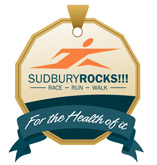

219.jpg)


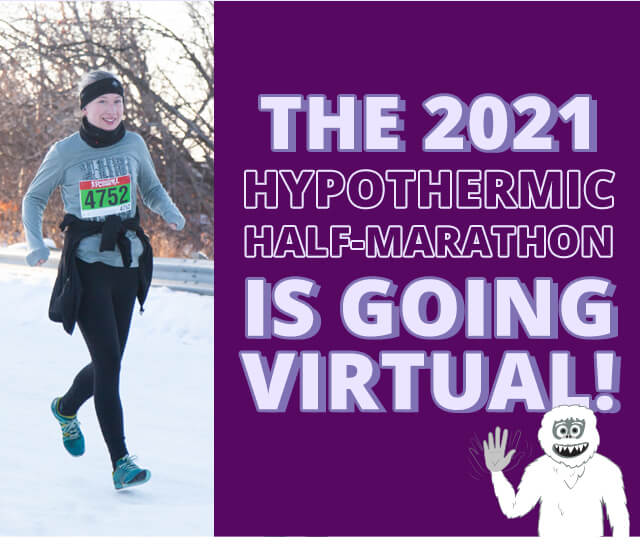
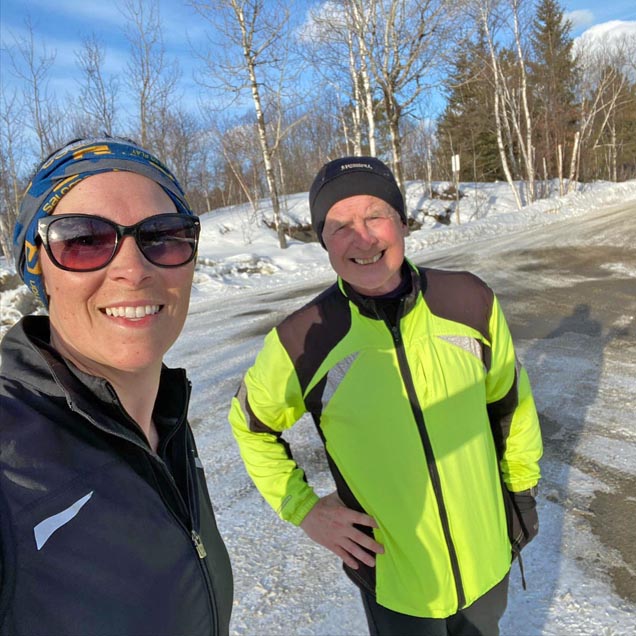
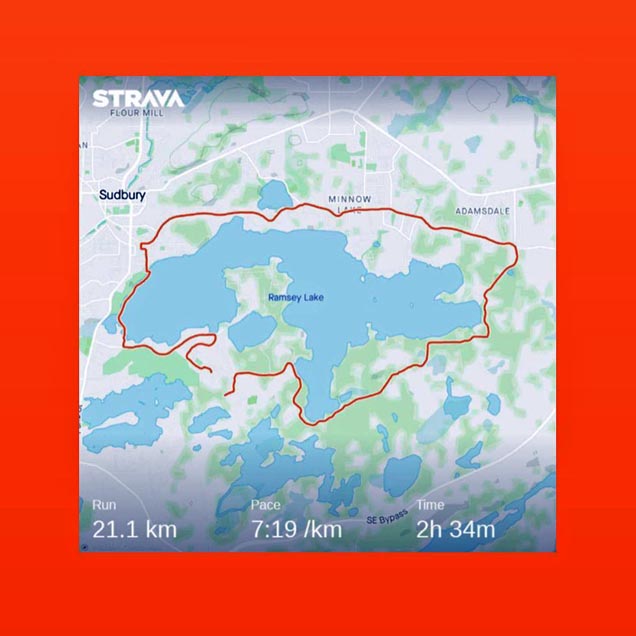
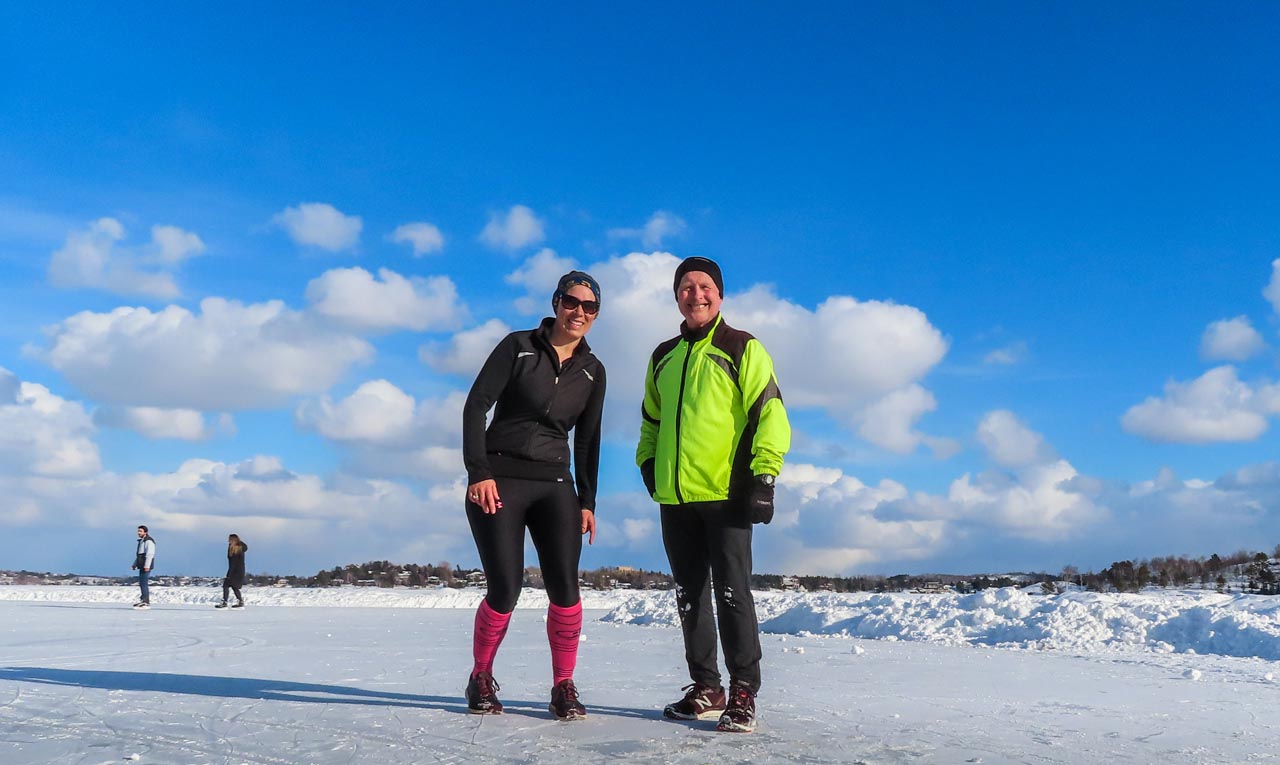
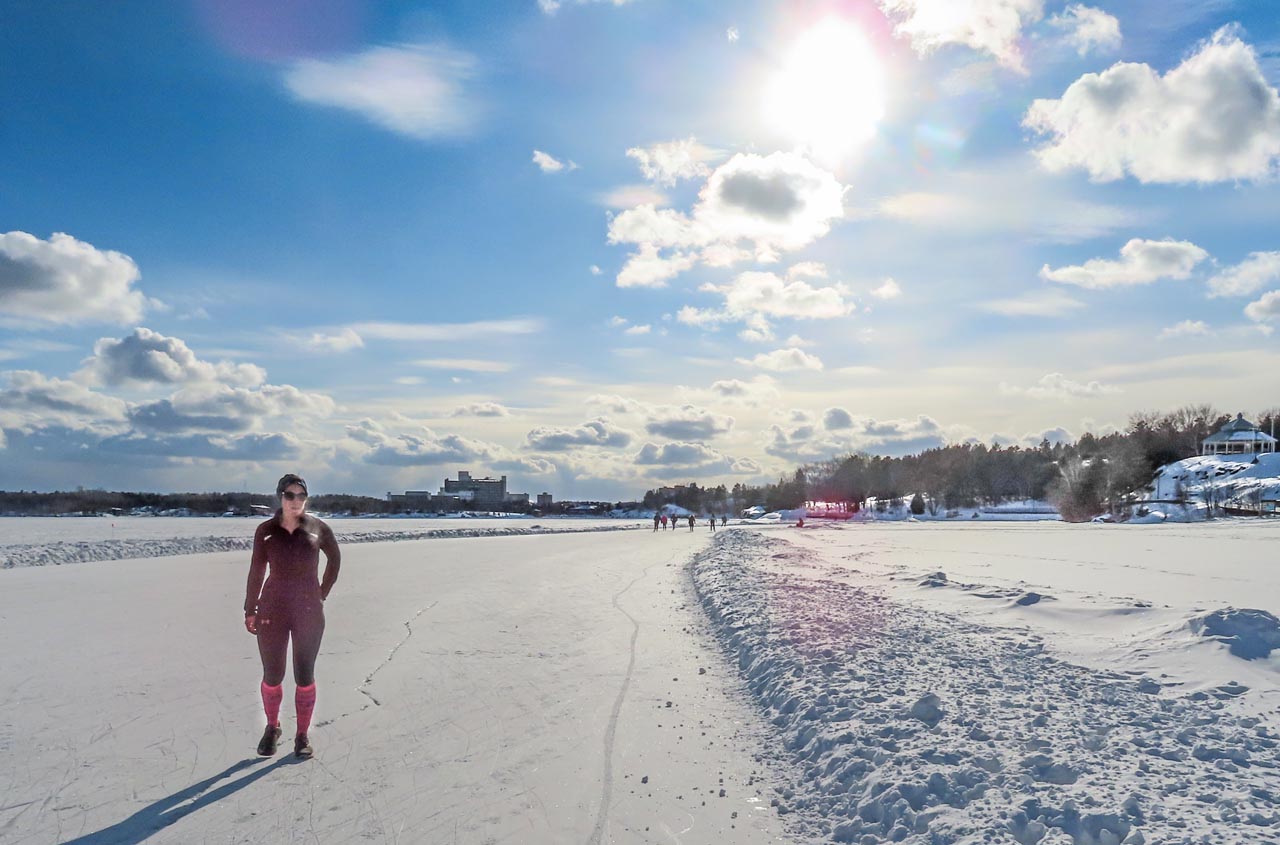
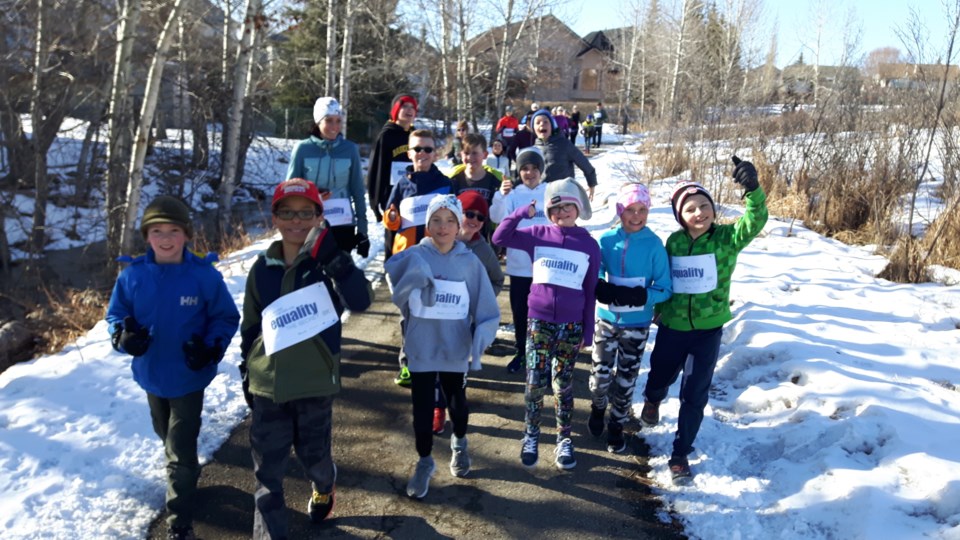 \
\



